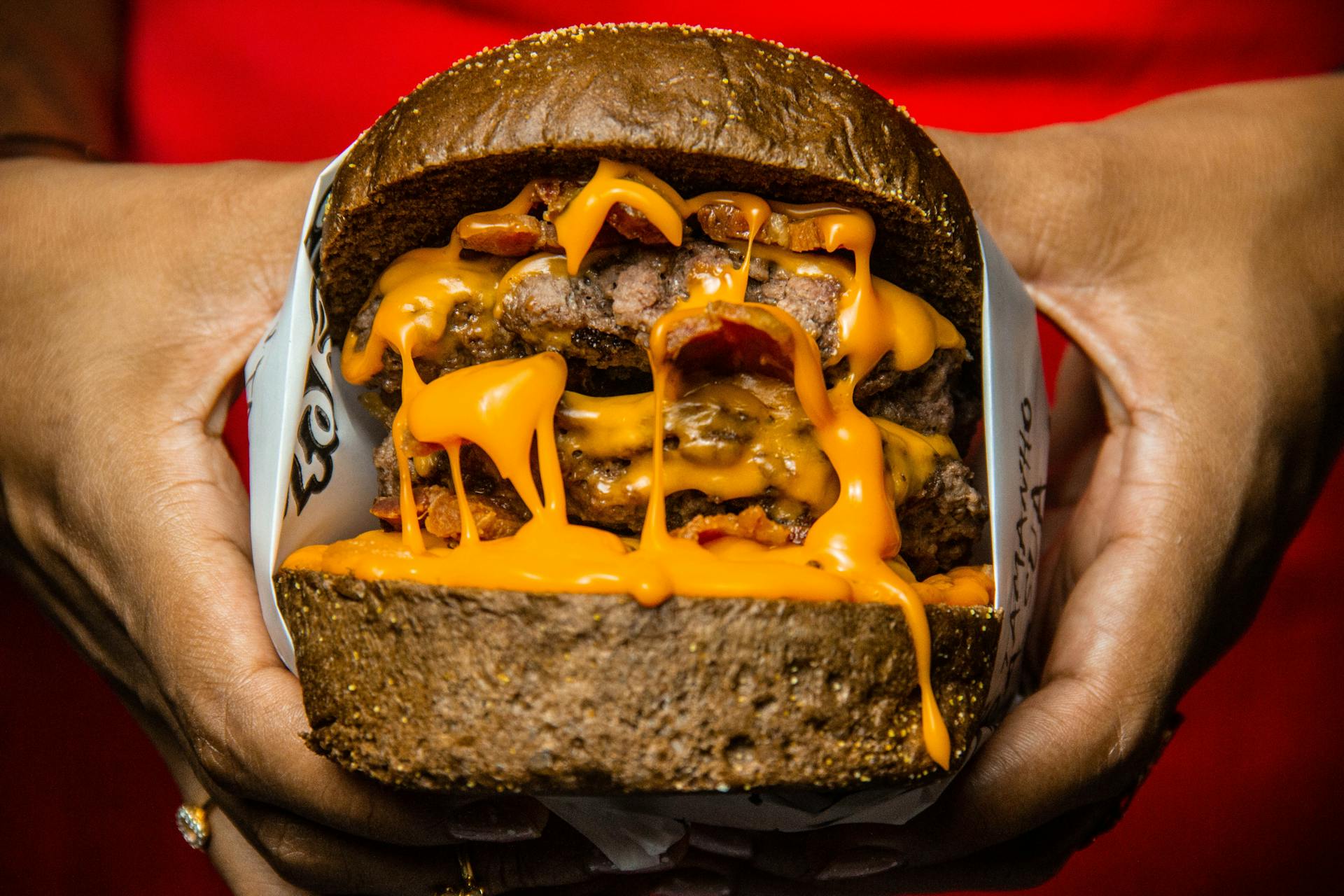U.S. News
9 Fast Food Staples That May Disappear After FDA Crackdown
By Jake Beardslee · July 30, 2025

9 Fast Food Staples That May Disappear After FDA Crackdown
As pressure builds to ban artificial food dyes, particularly Red 40, Yellow 5, and Yellow 6, many iconic fast food items could soon undergo significant changes. Some health advocates and federal regulators, including Health and Human Services Secretary Robert F. Kennedy Jr., have raised concerns about the potential health effects of synthetic dyes in children. The FDA has announced a plan to phase out petroleum-based dyes by the end of 2026 as part of Kennedy’s “Make America Healthy Again” campaign. “These poisonous compounds offer no nutritional benefit and pose real, measurable dangers to our children’s health and development,” Kennedy said. “That era is coming to an end.”Kennedy has urged food manufacturers to reformulate voluntarily, citing the urgency of protecting public health. Melissa Hockstad, president and CEO of the Consumer Brands Association, warned that “decision time is imminent” if companies fail to act. With regulatory momentum growing, brands may soon have no choice but to alter or retire some of their most visually recognizable offerings. Jack Gruber-USA TODAY via Imagn Images
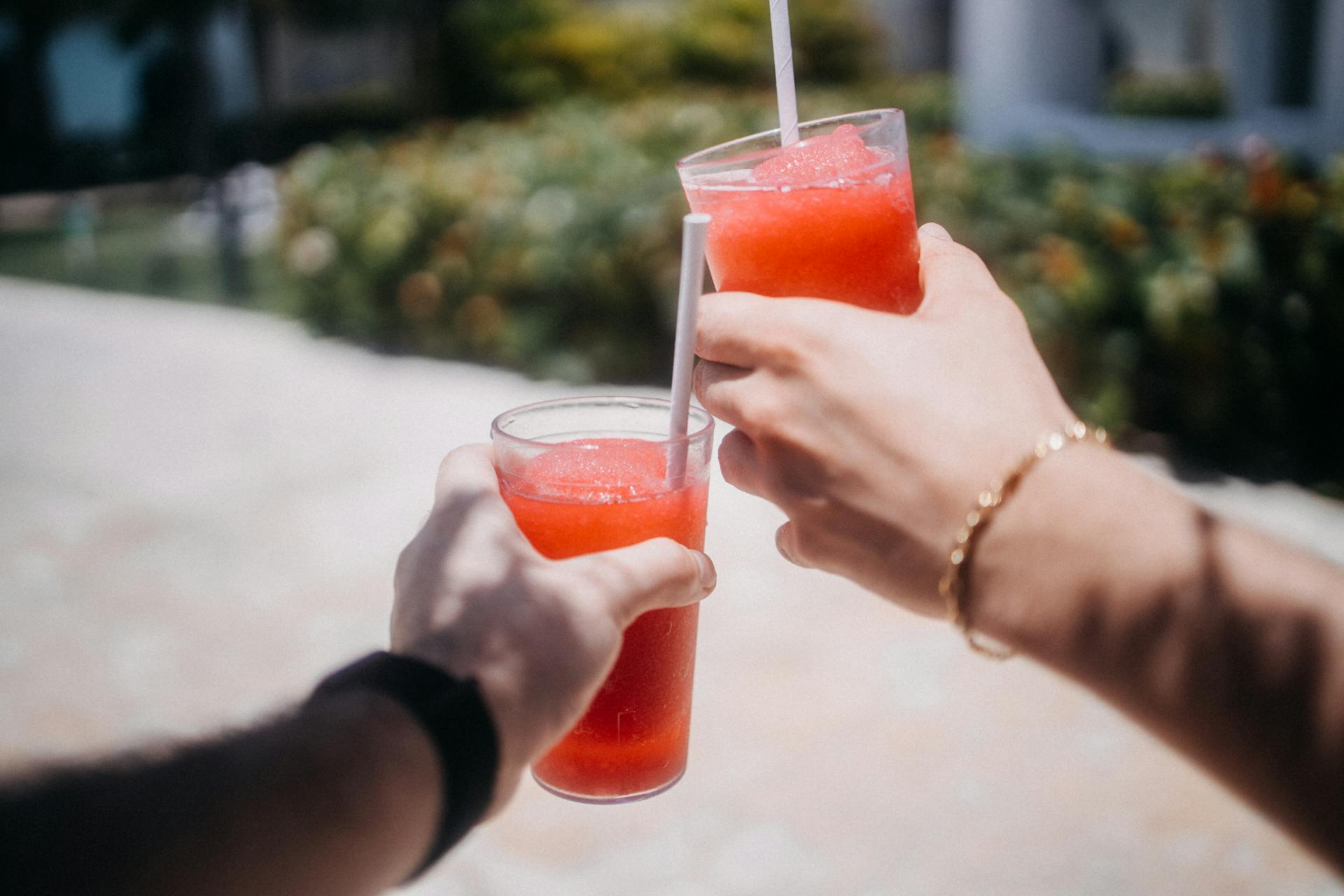
1. Brightly Colored Slushies and Sugary Drinks
Fast food slushies and soft drinks often boast electric reds, blues, and greens thanks to synthetic dyes. These vivid beverages have become staples of seasonal promotions and kids' menus alike. Without artificial coloring, their hues would become muted or cloudy, dulling their visual impact. Restaurants may pivot to fruit- or vegetable-based colorants, or phase them out entirely if natural alternatives fall short. Matheus Bertelli / Pexels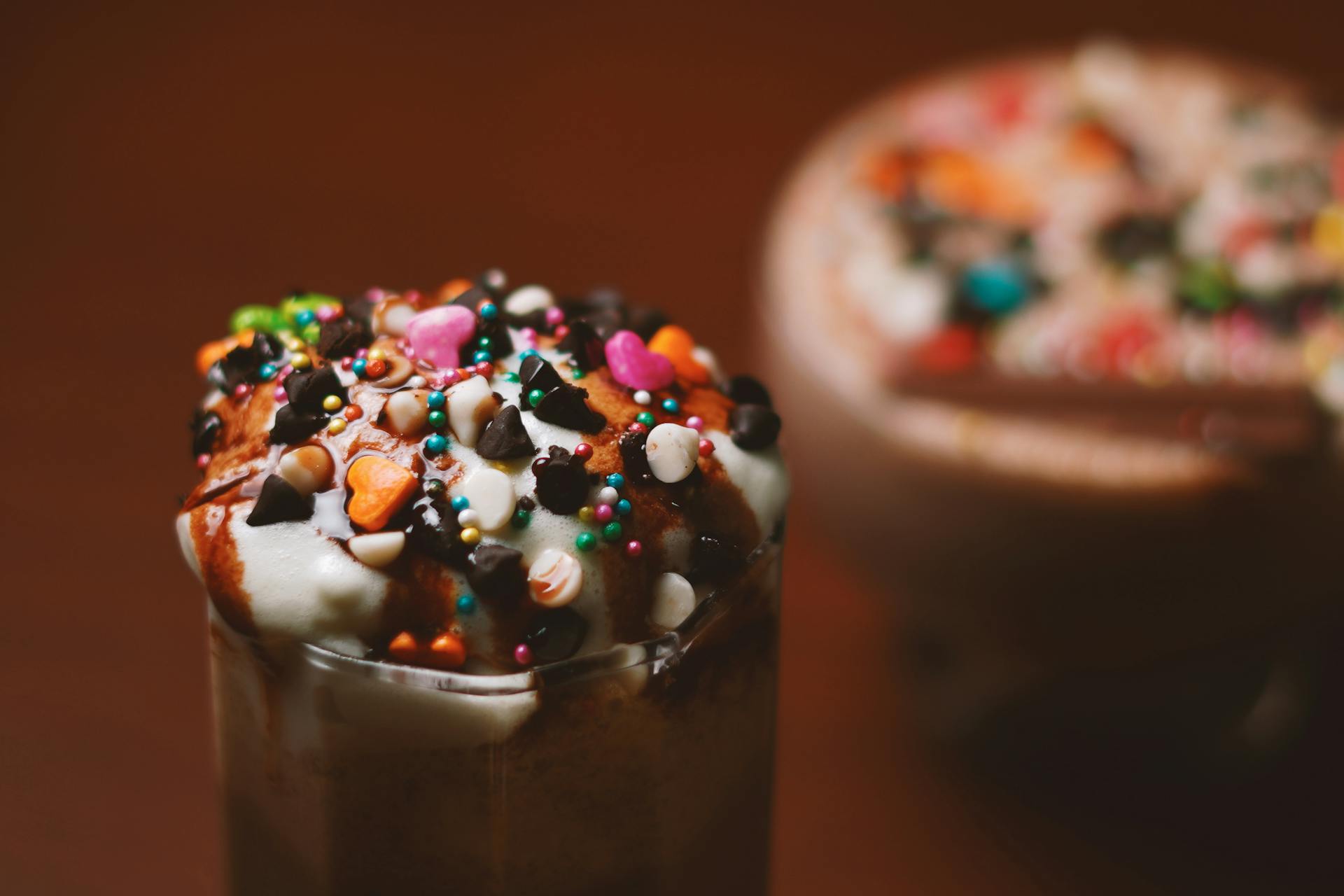
2. Neon-Colored Candies and Dessert Toppings
Rainbow sprinkles, frosted pastries, and candy-loaded milkshakes owe their eye-catching appeal to artificial dyes. These toppings are especially common in limited-time desserts aimed at younger customers. Switching to natural colorants would likely reduce the vibrancy of these offerings. Some chains may opt to eliminate them altogether if consumer interest drops with the color intensity. Gaurav Kumar / Pexels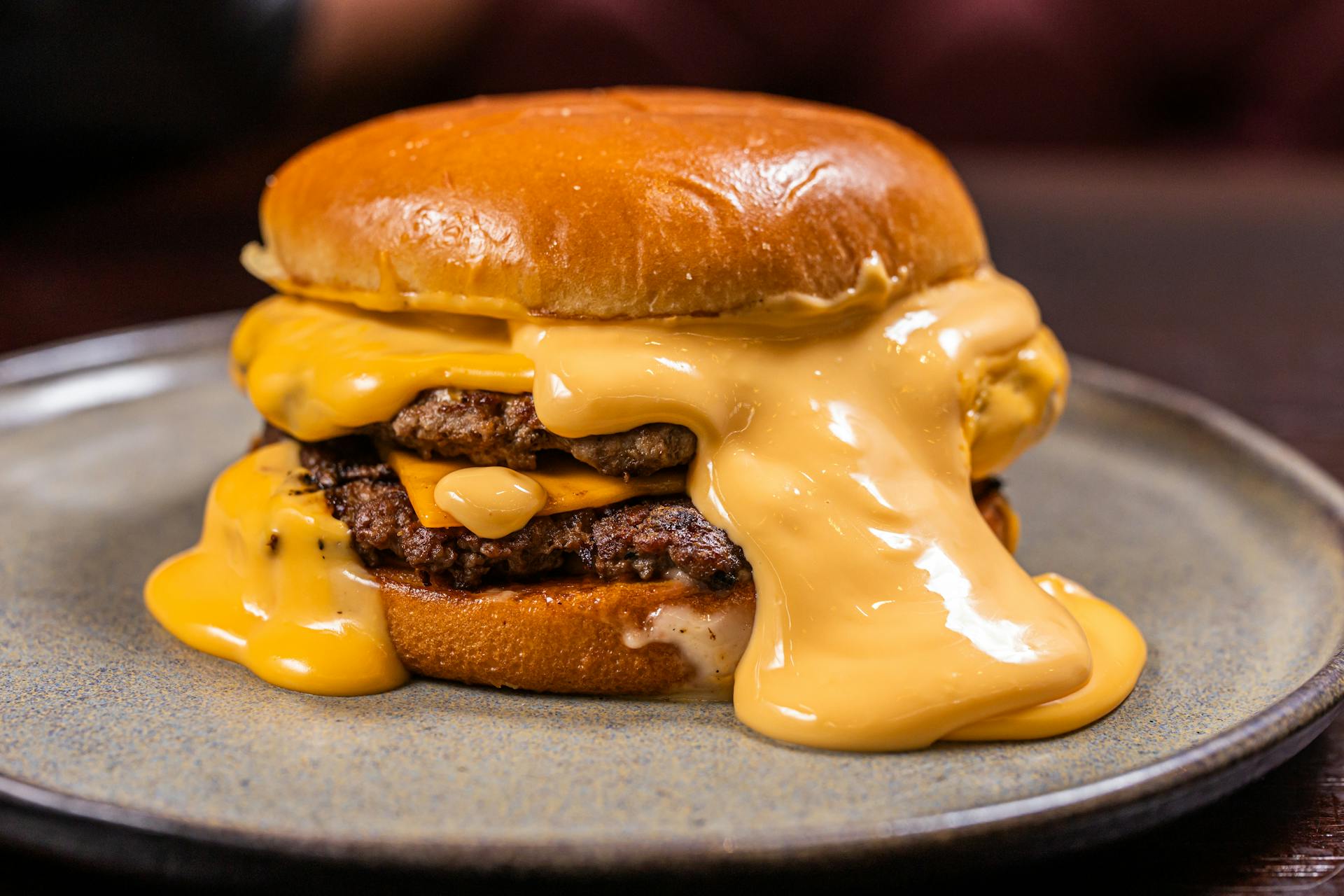
3. Artificially Orange Cheese Sauces
Nacho cheese sauce and similar fast food staples get their signature orange tint from Yellow 5 and Yellow 6, not real cheese. These sauces help sell everything from pretzel dips to loaded fries. Reformulating with naturally pigmented cheese or annatto could dull the color but offer a cleaner label. The trade-off may be a less visually bold but more authentic product. Vinícius Caricatte / Pexels
4. Processed Chicken Nuggets
While most nugget color comes from cooking and breading, some manufacturers use artificial dyes for a consistent golden tone. These small aesthetic tweaks help ensure nuggets look appealing and uniformly cooked. A ban on synthetic dyes may result in slightly less vibrant coatings and a more uneven, natural finish. Companies may need to rely more heavily on spices or whole ingredients for color. Asad Photo Maldives / Pexels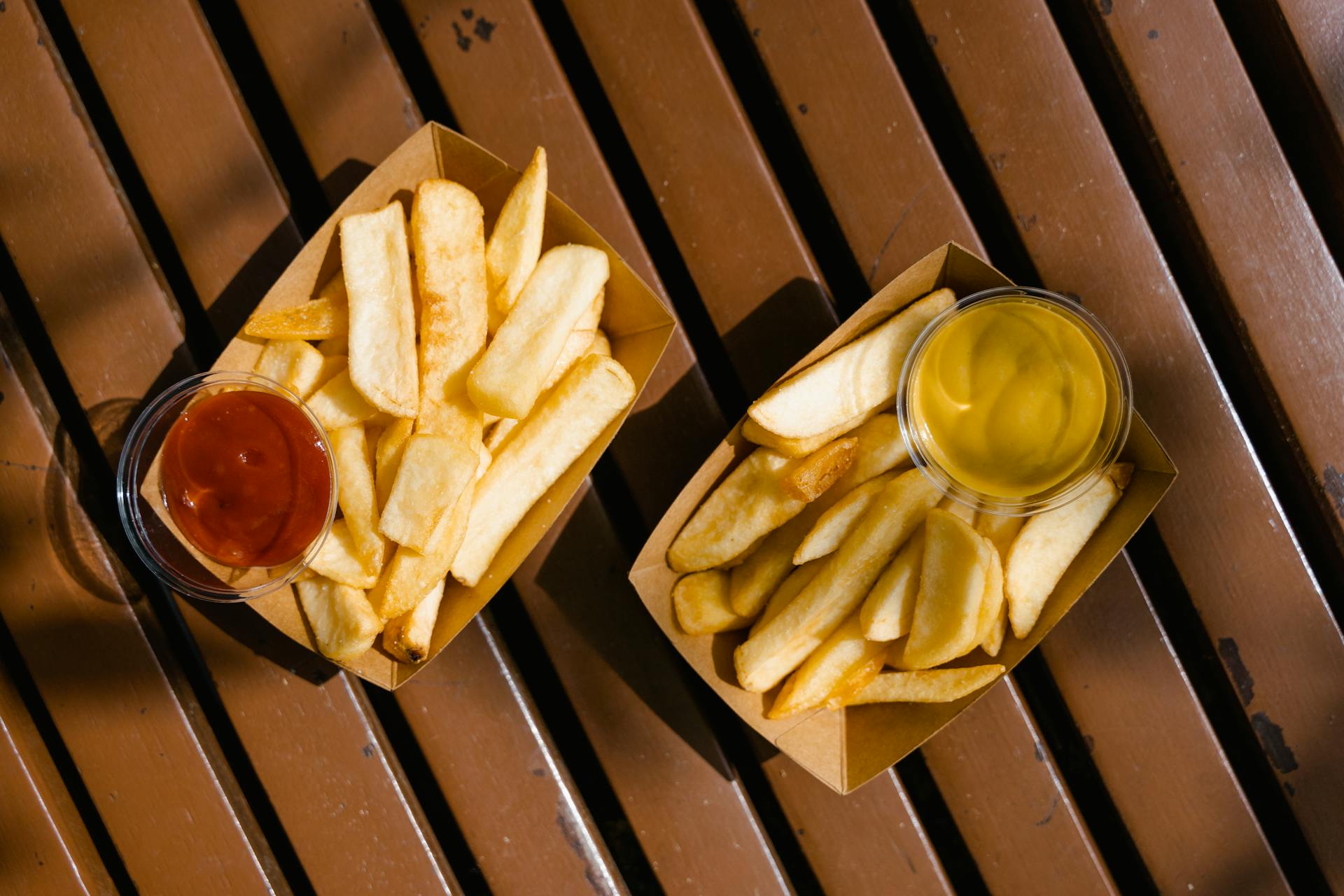
5. Brightly Colored Condiments and Dressings
Some sauces, especially in kids' meals or specialty sandwiches, get a boost from dyes to look more appetizing. Think neon yellow honey mustard or fire-engine-red barbecue sauce. Natural substitutes like turmeric or paprika may soften the visual punch. Customers might see a shift toward more subdued, earthy-looking sauces. MART PRODUCTION / Pexels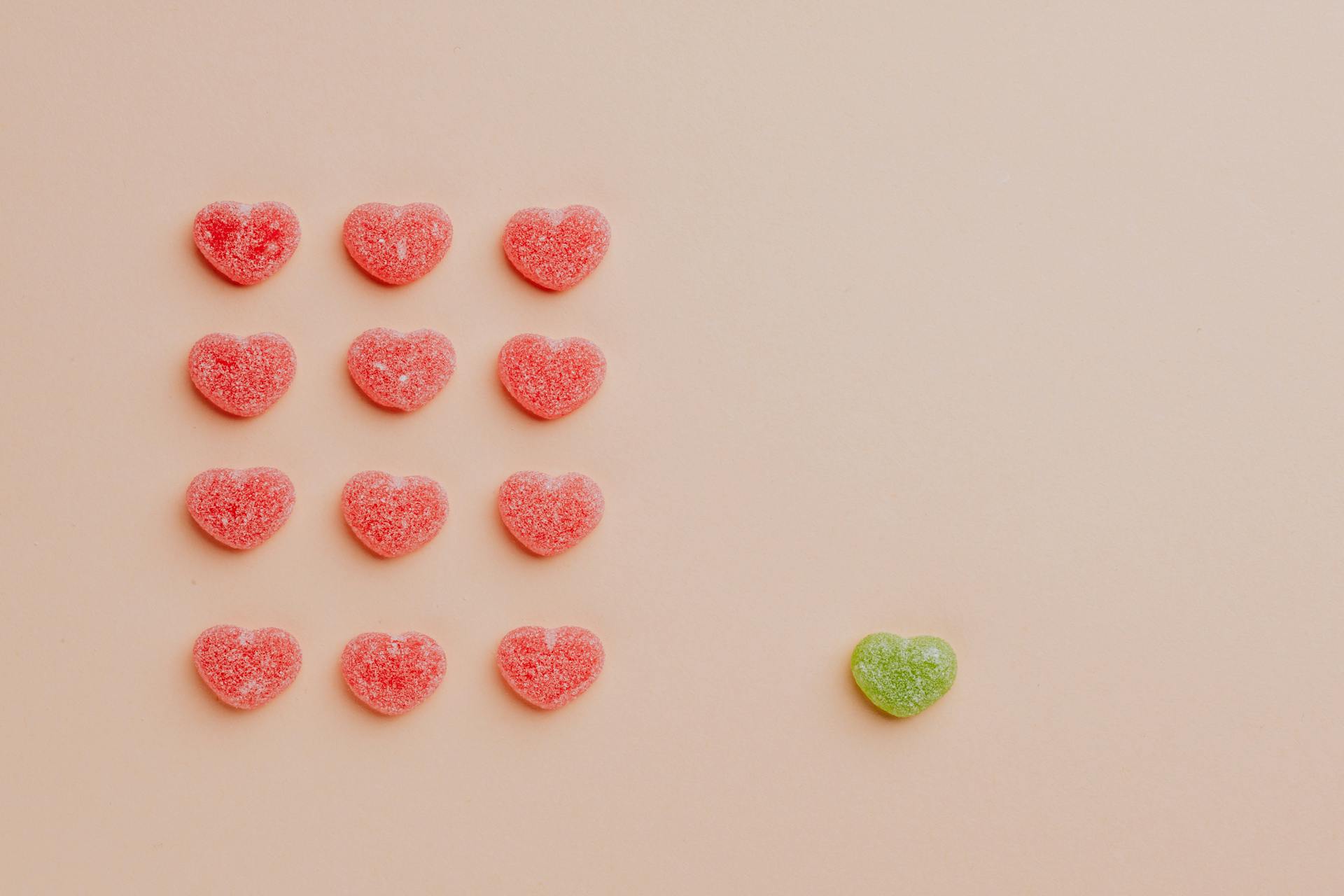
6. Kids' Meal Sides with Artificial Coloring
Colorful fruit snacks, jellies, and crackers frequently rely on synthetic dyes to attract young eaters. These items are often marketed for their fun appearance rather than nutritional value. Removing dyes could result in a duller appearance and a drop in kid appeal. Brands may turn to whole-food replacements or remove the items altogether from kids’ combos. Kaboompics.com / Pexels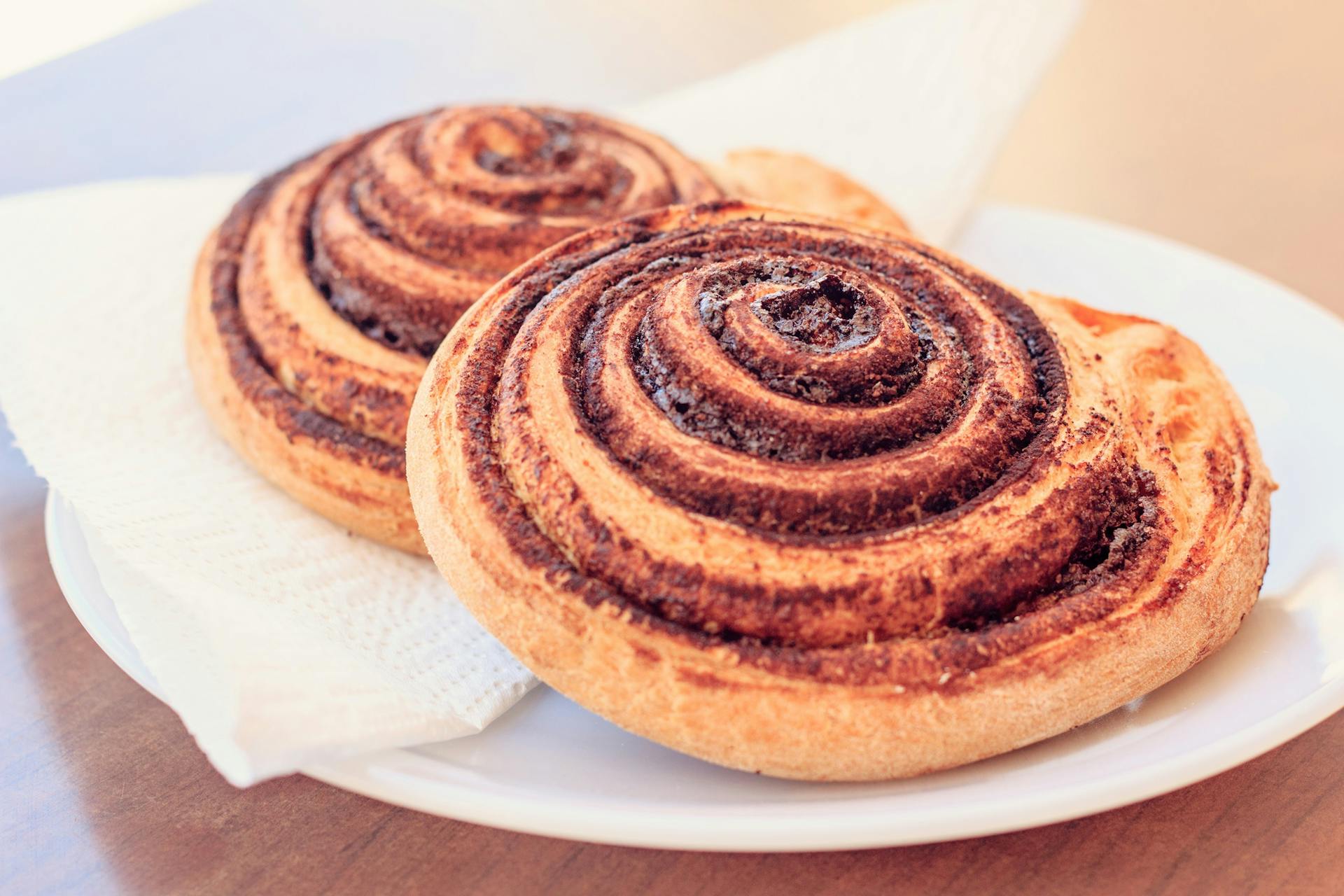
7. Colorful Swirled Pastries and Muffins
Breakfast treats like berry muffins or iced cinnamon rolls often include vibrant frostings or fillings enhanced with dyes. These bakery items stand out in glass cases or on drive-thru menus due to their bold visuals. Without synthetic colors, swirls may lose their visual drama and appear muddied. Companies could opt for simpler, less ornamented pastries instead. Pixabay / Pexels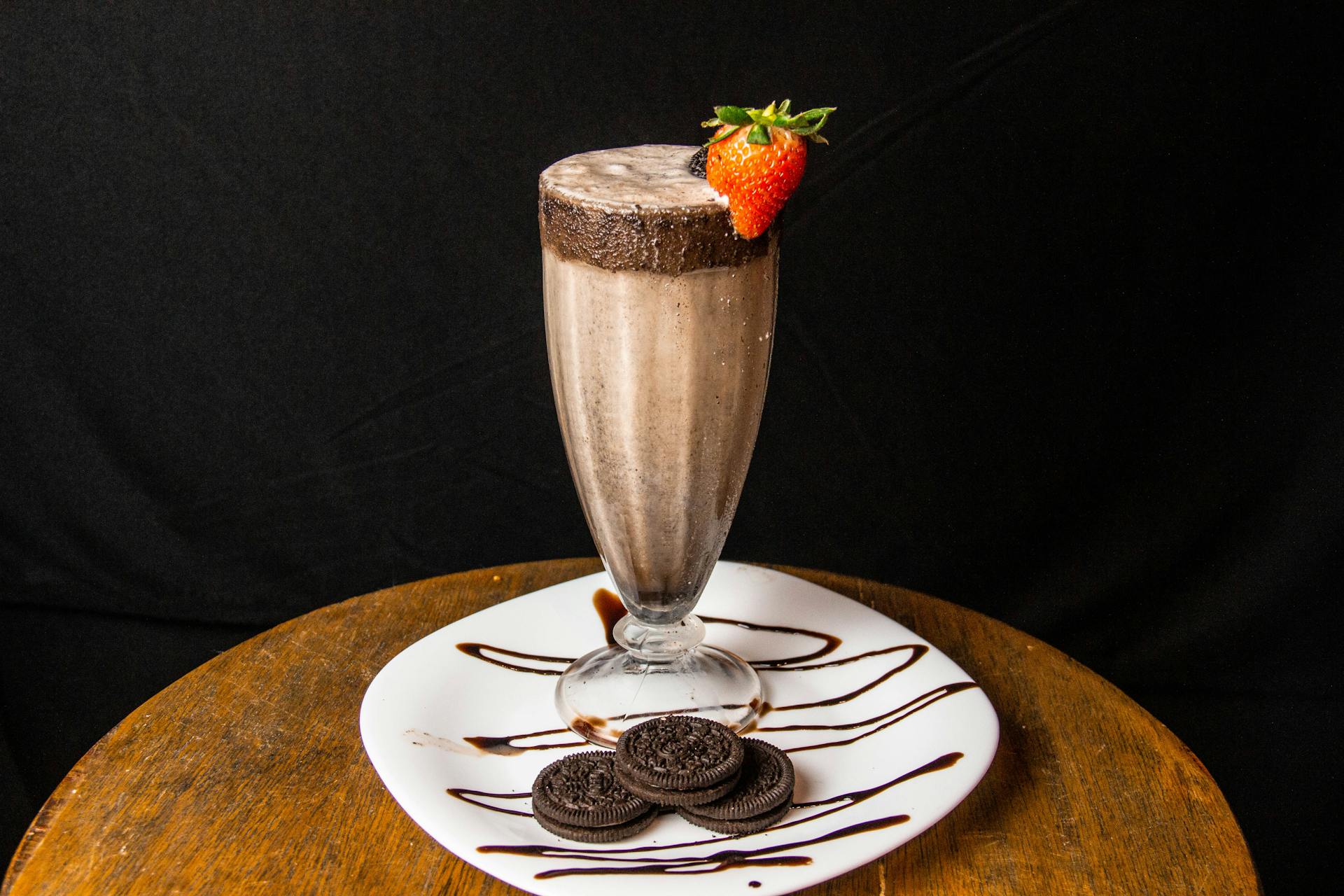
8. Flavored Milkshakes Beyond Chocolate or Vanilla
Strawberry, mint, and cotton candy shakes frequently feature vivid hues that can't be replicated naturally. These flavors help round out seasonal promotions and draw attention in marketing photos. Natural alternatives like fruit purees may offer some color, but likely not the same visual pop. Chains may stick to chocolate and vanilla or dramatically tone down other flavors. Horizon Content / Pexels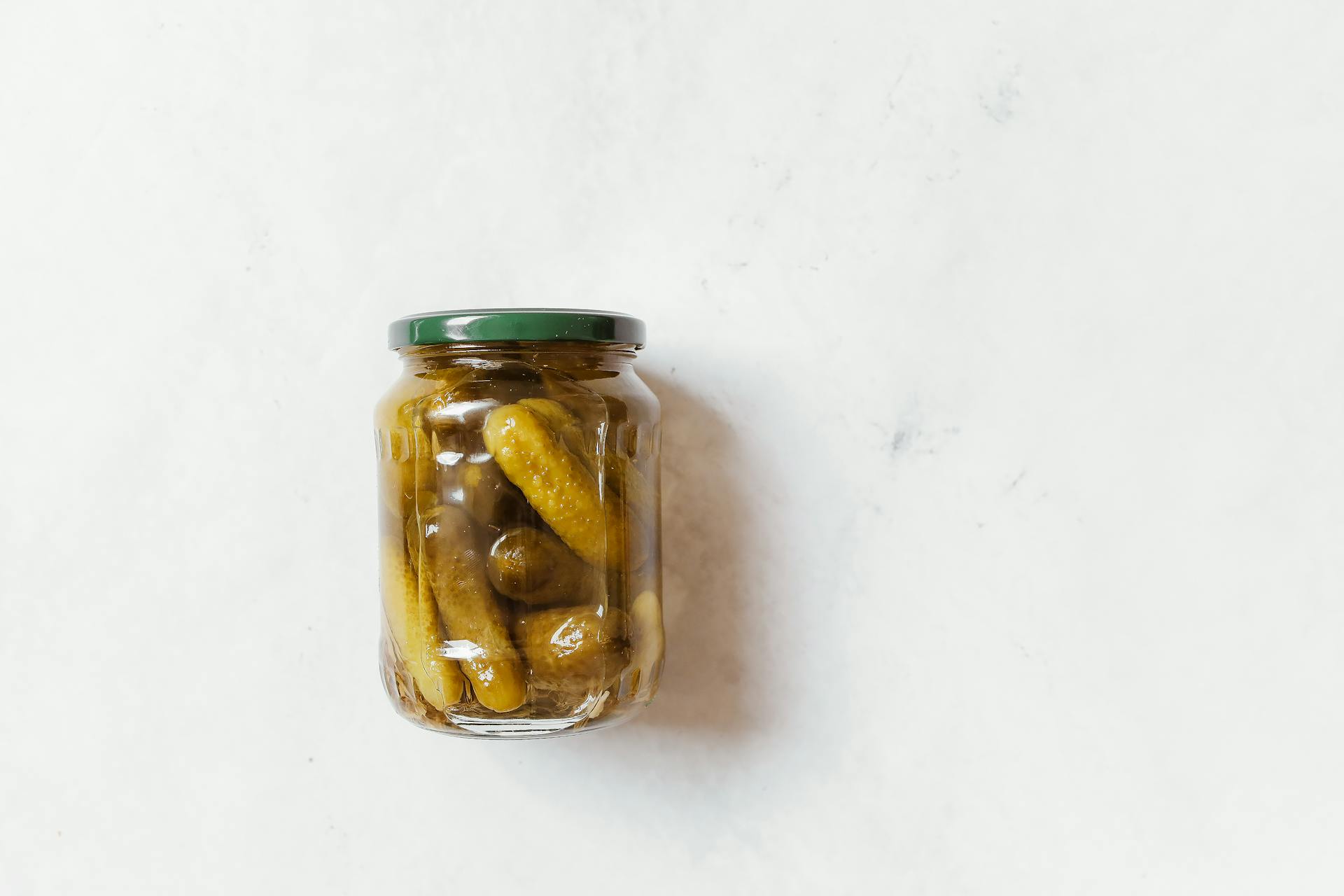
9. Bright Green Pickle Relish and Sauces
Many sweet pickle relishes use artificial green dyes to enhance color consistency. Without them, the relish takes on a muddier green or brown tone, which may seem less appetizing. While flavor wouldn’t change, the less vibrant look could impact customer perception. Natural coloring alternatives may be explored, but some brands could remove these products altogether. Polina Tankilevitch / Pexels